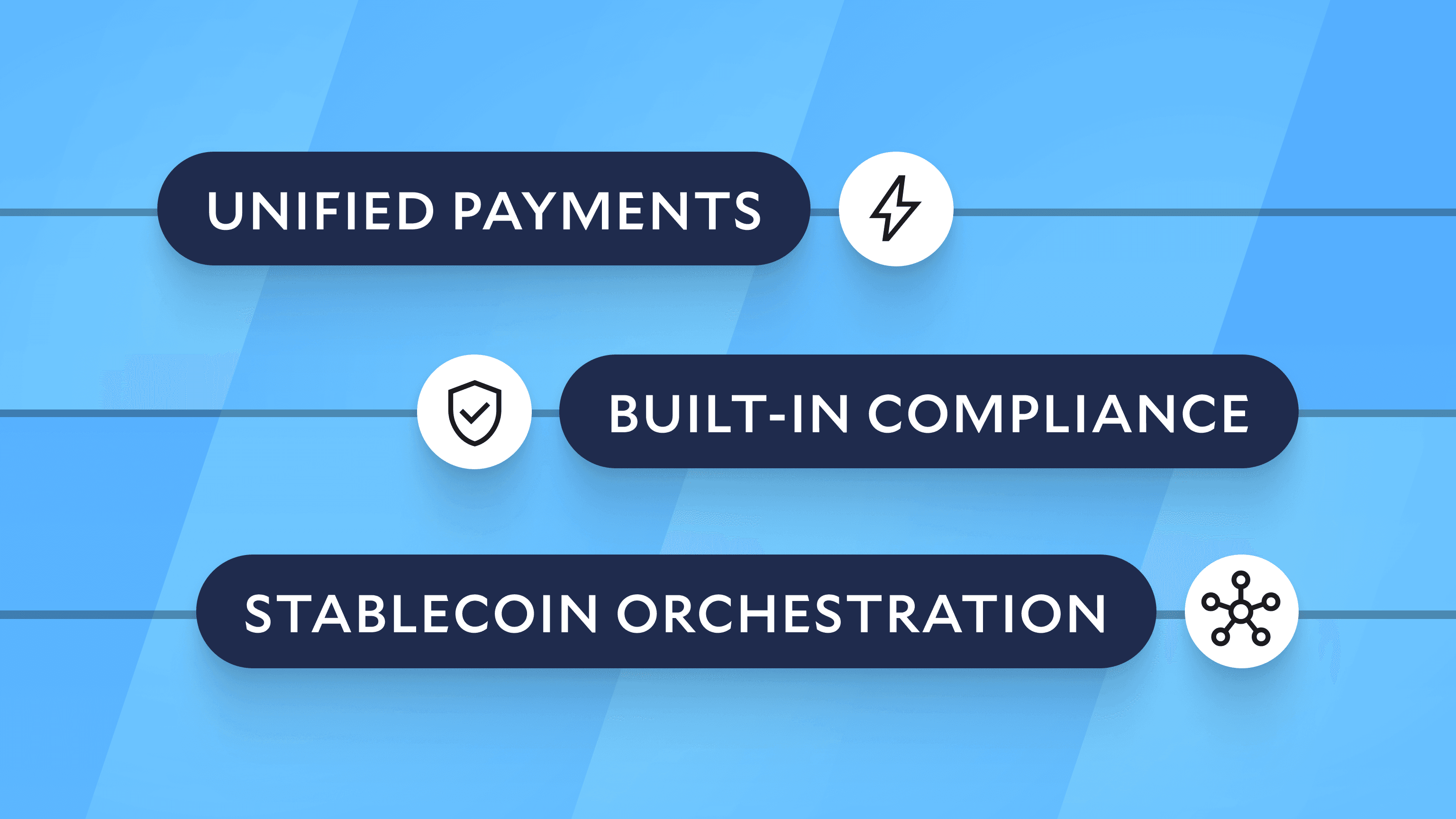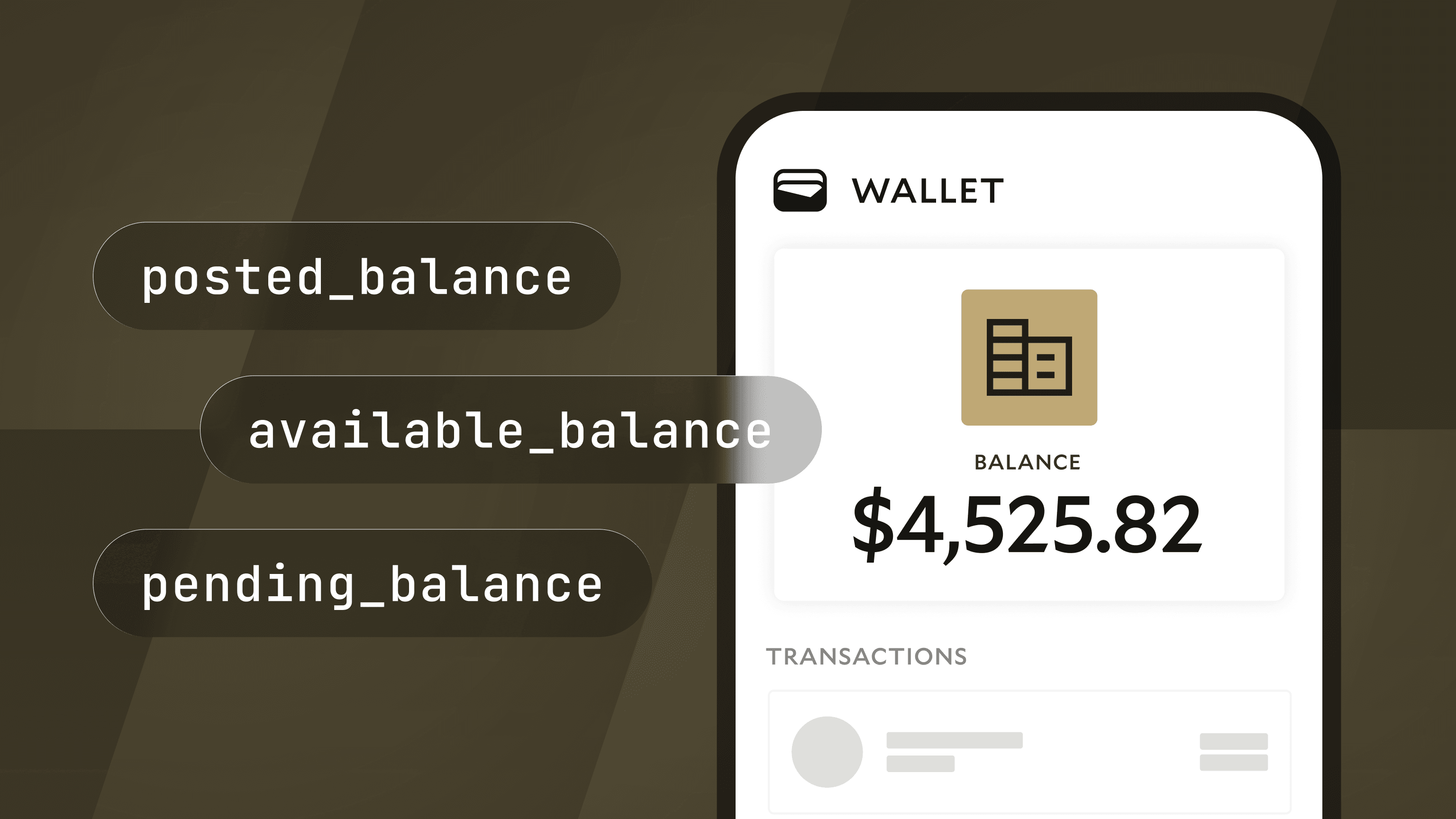Payment Operations Are Not Just for Fintechs
Every business has some sort of payment operations workflow in place. As more businesses embed payments into their products, the need for better, automated payment operations is growing beyond fintech.

Introduction
We’ve written a lot about payment operations and how they are the lifeblood of any business, across industries, locations, and sizes. When we talk about payment operations, we’re really referencing the work flows around the cycle of money movement through a business—from payment initiation through reconciliation.
Every business, whether they realize it or not, has some sort of payment operations workflow in place. Historically, we’ve thought of this in the context of first-party payments: payroll, vendor payments, and managing business revenue. But for a growing number of businesses, third-party embedded payments—that is, money that a business moves on behalf of others—is becoming more of the norm.
In fact, companies across the globe are moving money on behalf of their customers more than ever before. And embedded payment revenue is only expected to continue to grow, with projections as high as $138 billion in 2026 up from $43 billion in 2021. By 2030, the International Data Corporation expects that “73% of global consumer payments will be processed by non-financial institutions.”
In this journal, we’ll take a closer look at how payment operations solutions aren’t just for fintech companies, and cover why all businesses should be aware of payment operations solutions as we enter the next frontier of payments.
The Ubiquity of Payment Ops: From Platforms to Pizza
Historically, payment operations have not been seamless. In fact, we conducted a survey with Harris Poll last year that revealed that less than half of the companies making payments to other companies describe their current payment operations as efficient, user-friendly, automated, or simple. These companies make payments via the bank rails that account for the vast majority of money movement in the US (according to the Federal Reserve, $750T per year moves over wires and ACH) [1, 2].

But that hasn’t stopped businesses from embarking on the challenge of building payments into their products.
Let’s take a look at HubSpot, a digital marketing platform that just launched a new payments product. HubSpot is an all-in-one tool for marketing teams to create, manage, and track customer relationship management programs. Their platform includes the traditional marketing tools you would expect: a place to launch email campaigns, host a website, blog, manage social media posting, and more.
With the release of HubSpot Payments, marketers are now able to sell to and charge customers directly via HubSpot custom links (a.k.a., an embedded payment) using either ACH or card payments. This means HubSpot is now responsible for keeping track of the funds that pass through their platform on behalf of their customers—ensuring that the ACH and card payments process correctly and that money is debited and credited accordingly.
To transact directly on the platform, HubSpot’s customers pay an additional service fee for each payment, on top of their subscription fees. Embedding payments has opened up a new revenue stream for HubSpot, but it has also opened up the need for a payment operations solution to help automate the additional workflows that come with moving money for others:
- Holding funds receivable as user capital on their balance sheet (capital that functions differently from working capital)
- Holding funds payable to customers
- Reinvestments from float (the difference between when HubSpot receives payments in and when they pay out their customers)
A slightly different, but kind of fun, example is the promotion Domino’s Pizza ran earlier this year called “Domino's® Carryout Tips: Because You Earned It.” Under this promotion, any customer who picked up a pizza from a Domino’s location was eligible to “tip” themselves $3 toward a future order using the Domino’s app (an embedded payment), for acting as “their own delivery driver.” While this is a great example of a marketing effort, it’s also a powerful case for payment operations.
Imagine that your Domino’s franchise is running this particular promotion allowing customers to tip themselves—that is, crediting money to their virtual account—for picking up a pizza. If your location is open 10 hours per day and maintains 10 pickup customers for each hour of operation, each of them tipping themselves $3 per pickup, you’re already looking at $300 that needs to be correctly calculated, paid out to the right customer wallets, and tracked each day.
Keep in mind, this is on top of the regular run-the-business funds you’ll need to track, too: revenue from each pizza sold, the cost of pizza ingredients, paying the workers during this promotion, and keeping the store open and the pizza ovens running. Multiply these numbers by 30 because you're running the promotion for a month.
And that’s just at your location; Domino’s has thousands of locations around the world. That’s a lot of payment data to track. And somewhere along the line, the team at Domino’s had to create their own wallet app to manage all these transactions accurately. This is the work of payment operations: making sure that funds are able to go where they need to go and are accounted for along the way.
How Modern Treasury Can Help
Modern Treasury streamlines the complex work of payment operations: the integrated financial work that uses real-time data and programmatic automation to unlock new opportunities like embedded payments. If you’re interested in learning more, reach out to us here.
Fedwire® Funds Service Annual Statistics, updated Feb. 2022.




